The cough started when I was around 25 or 26. I noticed it right before the pandemic, and I didn’t have a bad flu or anything that brought it on. It was consistent, and I had to clear my throat all the time.
I decided to see a primary care physician, who suspected I had allergies. I then saw multiple specialists who agreed that I was experiencing basic allergy symptoms or suspected I had mold in my apartment building, which can impact your respiratory system. I was told to take allergy meds, but in general, it didn’t feel like doctors were attentive to me or my symptoms. I learned right away that I would need to be my own advocate.
Over time, my cough got much worse.
It was so bad that coworkers started commenting on it to see if I was okay. When I visited my PCP again, they suggested I could have acid reflux. I ended up going to two ear, nose, and throat specialists (ENTs), both of whom suggested I had gastroesophageal reflux disease (GERD), a form of reflux. The second doctor felt the lymph nodes on my neck and told me one of them was swollen, which could be a red flag of cancerous growth, but assured me that it probably wasn’t cancer.
I was told to take Prisolec, an over the counter heartburn relief medication, and not to go to bed right after eating—standard guidance for reflux. My original PCP even gave me cough syrup with codeine during one of my many visits. But when I started experiencing severe stomach pain, I decided to get more opinions. One doctor suggested that I might have sprained an abdominal muscle while doing pilates. Another doctor did an ultrasound, and still suspected that the pain was from working out.
Had the doctors ordered a chest X-ray, they probably would have seen what was really going on—and it was far more serious than they imagined.
More mysterious symptoms started showing up—and I finally hit my breaking point.
After about three months, I got a rash all over my legs. I had horrible cramping in my stomach, was exhausted all the time, and I would wake up in the middle of the night drenched in sweat. I felt like I was going crazy, and I knew something wasn’t right.
Eventually, a lymph node in my armpit became so enlarged that it was noticeable and uncomfortable. I saw yet another primary care doctor, who theorized that it was a cyst and that it could be removed by a general surgeon.
Another turning point came that week: My exhaustion and stomach pain got so severe that I went to an urgent care, where a doctor claimed I had kidney stones. The urgent care did blood work, but the doctor didn’t note anything abnormal in my results. But my mom, who is a nurse, noticed that my white blood cell count was concerningly high, which could be a sign of infection or a bone marrow disease. This felt like a red flag, especially because my aunt had just passed away from leukemia.
When my mom noticed my white blood cell count, I went to the ER. The attending physician immediately ran tests, and shortly after being admitted, I went into respiratory failure and was sent to the ICU. Doctors had to drain two liters of fluid from my lungs. A surgeon also did a biopsy underneath my left arm.
Doctors told me I had stage 4 cancer. I was 28 years old.
It took 10 doctors for someone to uncover the real diagnosis. I was told I had stage 4B Hodgkin’s lymphoma, a rare form of cancer that can affect people in their 20s and 30s. My response to the diagnosis was numbness—then, I felt immediately bombarded with information.
One doctor told me that there was nothing they could do to treat me. Another asked if I had considered freezing my eggs (because some types of chemotherapy can lead you into early menopause). I was then told that I needed to be transferred to Sylvester Comprehensive Cancer Center at the University of Miami, which was considered the best in that area for lymphoma. On painkillers and in and out of sleep, I woke up in the new hospital and met my oncologist, who looked at me and said, “How did you let this go on for so long?” He said it was the worst case of lymphoma he had ever seen in his life.
This oncologist agreed to treat me and I started chemotherapy immediately. Altogether, I had treatment for seven months: six rounds of intense chemo and 25 rounds of radiation. Because I had such a severe case in such a late stage, I was given an extremely strong cocktail of chemo drugs to kill the cancer, plus all of those rounds of radiation.
I thought, If I can get through this, I can get through anything.
Even throughout intense treatment, I tried to stay true to myself.
I had started to lose my hair during chemo, so I started experimenting with all kinds of looks and started wearing different wigs. (I figured, If I’m going to die, I’m going to look cute doing it!). My oncology nurses affectionately called me “Lymphoma Barbie.”
Gradually, treatment was helping remove the cancer. I also mixed in some holistic interventions, too, and slowly got back to myself.
Now, I’m healthy. I spent what feels like ages doing various cancer treatments, and I’ve been in remission for years now.
Starting a blog helped me document my experience and find solace.
When I was diagnosed, I couldn’t find any information about some of the ins and outs of going through cancer treatment, beyond the basic medical info. (For example, I had hair extensions all throughout my 20s, and had no idea what to do once I started losing my hair.) So, I decided to start a blog and post photos of myself on Instagram so that other patients would feel less alone when going through cancer treatment.
I called the blog “Lymphoma Barbie” to honor my nickname from the oncology nurses. Many people started reaching out to me after seeing my Instagram posts and the blog. I even wrote a book called Talk Cancer to Me: My Guide to Kicking Cancer’s Booty to document my experience and leave behind a guide with what it’s like to go through cancer treatment.
Now, it’s my mission to give back to the cancer community.
When I found out I was in remission, I started another passion project: making care packages and bringing them to the cancer care center so that patients would feel more support than I did during their chemo treatments. The packages contained basic items that people could use during treatment—for example, a pre-tied turban for people who lose their hair and can’t tie one themselves, ginger candies for nausea, and lip balm and hand lotion for the inevitable dry skin that comes with chemo. So many people started reaching out about the packages that I started sending them all over the world. I even did some fundraisers to collect money and products to continue making the kits.
Chemo Kits evolved from my apartment to a full-blown business. Eight years have gone by since I was in treatment, but I still feel so tied to supporting this community. I’m one of the lucky ones to have survived cancer, in part because I advocated for myself. It’s easy to get overwhelmed by a medical diagnosis, especially when you’re misdiagnosed with so many things and you’re simply searching for answers.















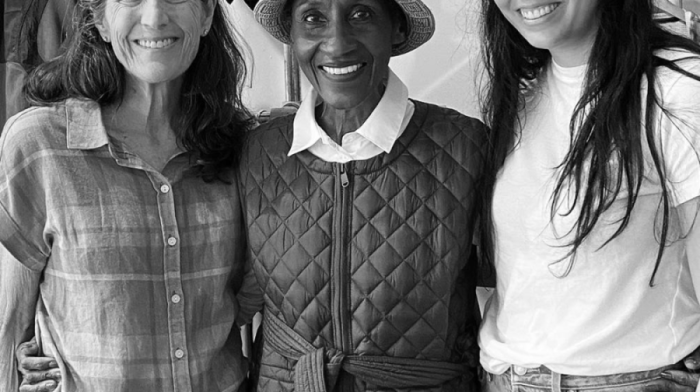
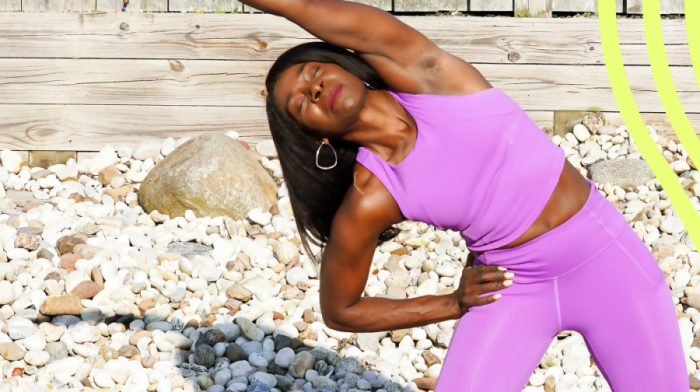
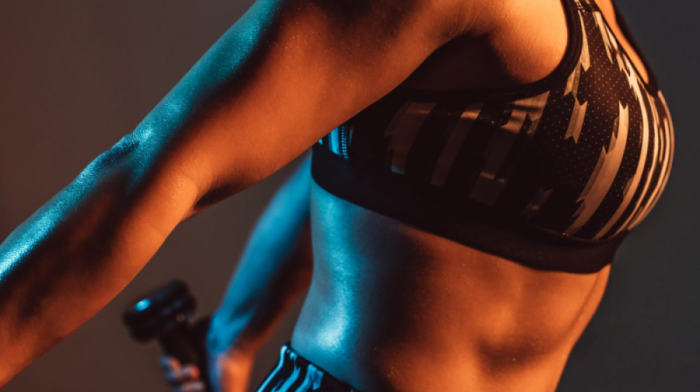
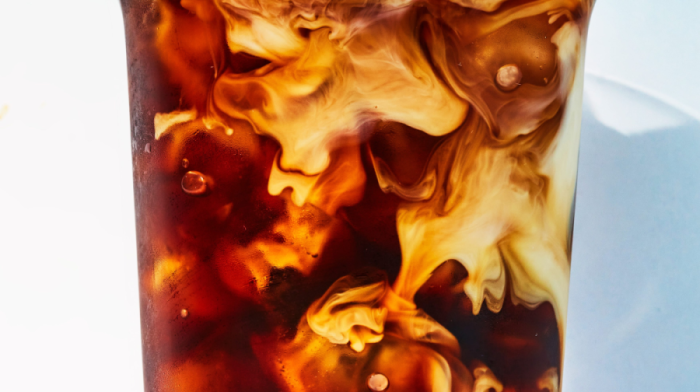
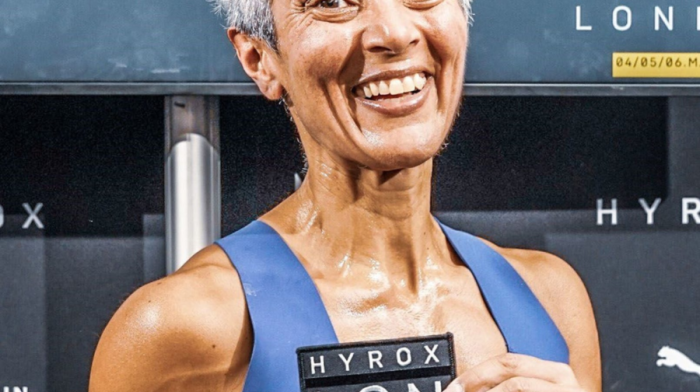

Comments (0)